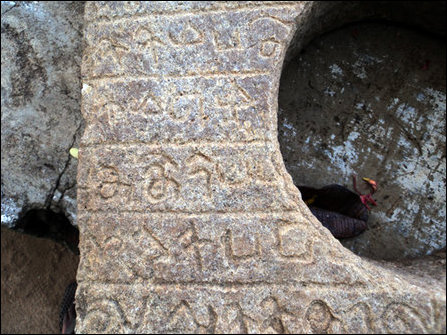
The Dead Sea Scrolls, among the world's most important, mysterious and tightly restricted archaeological treasures, are about to get Googled.
The technology giant and Israel announced Tuesday that they are teaming up to give researchers and the public the first comprehensive and searchable database of the scrolls – a 2,000-year-old collection of Hebrew, Aramaic and Greek documents that shed light on Judaism during biblical times and the origins of Christianity. For years, experts have complained that access to the scrolls has been too limited.
Once the images are up, anyone will be able to peruse exact copies of the original scrolls as well as an English translation of the text on their computer – for free. Officials said the collection, expected to be available within months, will feature sections that have been made more legible thanks to high-tech infrared technology.
Read more: http://acn.liveauctioneers.com/index.php/component/content/article/3353?utm_source=feedburner&utm_medium=email&utm_campaign=Feed%3A+ACNlatestnews+%28Auction+Central+News+-+Latest+News%29#ixzz13MwgrpW3



